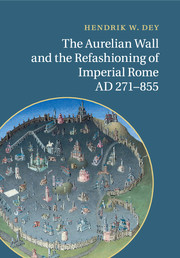The Afterlife of the Roman City
This book offers a new and surprising perspective on the evolution of cities across the Roman Empire in late antiquity and the early Middle Ages (third to ninth centuries AD). It suggests that the tenacious persistence of leading cities across most of the Roman world is due, far more than previously thought, to the persistent inclination of kings, emperors, caliphs, bishops, and their leading subordinates to manifest the glory of their offices on an urban stage, before crowds of city dwellers. Long after the dissolution of the Roman Empire in the fifth century, these communal leaders continued to maintain and embellish monumental architectural corridors established in late antiquity, the narrow but grandiose urban itineraries, essentially processional ways, in which their parades and solemn public appearances consistently unfolded. Hendrik W. Dey's approach selectively integrates urban topography with the actors who unceasingly strove to animate it for many centuries.
- Proposes a new way of understanding the evolution of the late Roman and post-Roman city, from Western Europe to Byzantium to the Islamic world
- Synthesizes a wide range of both textual and archaeological evidence, and includes eight color plates
- Provides an up-to-date historiographical overview and summary of prevailing perspectives on late Roman and post-Roman urbanism
Reviews & endorsements
'This is an outstanding work of scholarship that follows a bright and lustrous thread of urban life – the celebration of rulership - with some remarkably fresh insights. … Written in a style that is clear, animated and enjoyable, his argument is everywhere brought to life with the archaeology of city spaces and with literary and documentary sources that describe the processional habit. Finally, the rich variety of cities and communities surveyed across five centuries makes this a fascinating and lasting contribution to scholarship in a range of fields: urban archaeology and architecture, political and religious history, and the cultural history of late-antique and early-medieval cities.' Bryn Mawr Classical Review
'This well-written yet nuanced and critical study makes an important contribution to this debate and to the integration of small finds into the wider narrative.' Lucy Grig, Antiquity
Product details
September 2018Paperback
9781107686335
315 pages
255 × 180 × 18 mm
0.64kg
12 b/w illus. 8 colour illus. 38 maps
Available
Table of Contents
- 1. Introduction: urban living and the 'fall' of the Roman Empire
- 2. New urban forms for a new empire: the third century and the genesis of the late antique city
- 3. Ceremonial armatures: porticated streets and their architectural appendages
- 4. 'Dark ages' and the afterlife of the classical city
- 5. Postscript: architecture, ceremony, and monastic cities in Carolingian Francia.

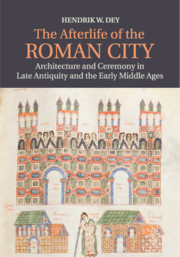

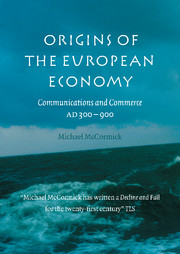
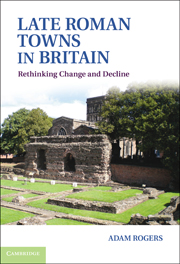
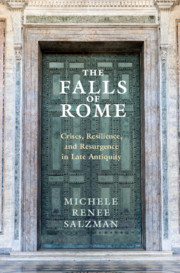

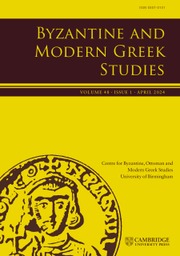
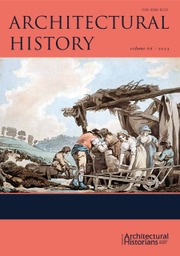
.jpg)
.jpg)
